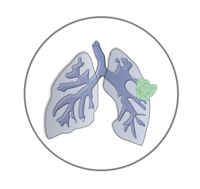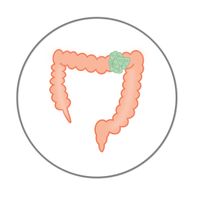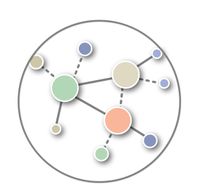DIEFENBACHER LAB
Cancer . Next-Generation Tools . Protein Stability
Exploiting tumour intrinsic vulnerabilities
Deregulated Protein Stability in Cancer
Spatial control of protein stability is a key requirement to establish and maintain the complex interplay of various cell types in organs and is a guarantor for tissue homeostasis. Permanent exposure to our environment and hence to putative irritating agents, such as micro particles, combustion fumes, smoke, allergens and carcinogens, cause tissue damage. As these stressors induce cellular damage through e.g. inflammatory responses or mechanical damage, distinct cellular programs need to be initiated to repair and replace lost or damaged cells. In colon and lung, several transcription factors, such as cJUN, cMYC, the family of SOX transcription factors and the NOTCH ligand pathway, are essential for tissue homeostasis and their abundance it tightly controlled by the ubiquitin system. Importantly, loss of control over tissue maintenance and repair by aberrant accumulation of these transcription factors can give rise to uncontrolled proliferative cells, a precursor stage of a fatal disorder, cancer. Cancer has a significant socio-economic impact; lung cancer is the most common cancer worldwide, claiming 1.8 Mio lives in 2020 alone, while colorectal cancer, the third most common type of cancer, was diagnosed 1.9 Mio times with ~1Mio deaths .
In the past decade, with the advent of patient monitoring (e.g. coloscopy) or targeted therapy, great advancements towards the treatment of cancer in distinct patient cohorts were achieved. However, not all patients benefit from these new treatments . Furthermore, therapy failure in late-stage tumours by establishment of treatment escape mechanisms is a common observation in cancer, significantly affecting patient survival.
Despite the prominent involvement of the UPS in cancer, our understanding of how tumour cells alter the UPS system very early in transformation is rather limited. Given the dependency of tumor cells towards the UPS, targeting discreet enzymes of the ubiquitin system has the potential to open novel therapeutic strategies. Targeting of common essential pathways and exploiting tumour intrinsic vulnerabilities will not only improve current treatment for late stage, but also for early stage patients. By combining state of the art techniques, such as genetically tailored in vivo tumour models recapitulating the human disease, murine and patient derived organoids as well as comparative mass spectrometric analysis of whole tumour proteomes and sequential gene perturbation in vivo assays we anticipate to identify and validate novel vulnerabilities in CRC and NSCLC.
Lung Cancer
Colorectal Cancer
Tools
Collaboration Partners



